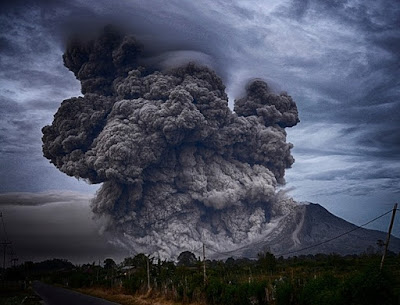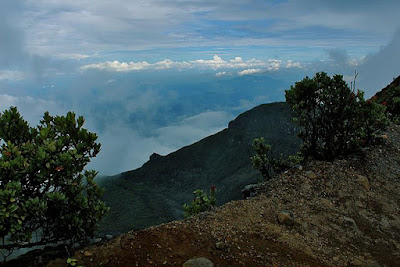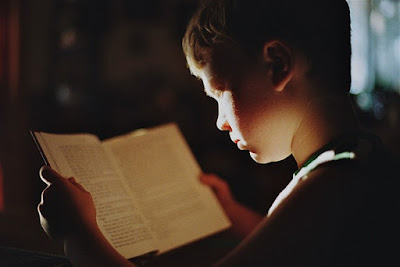THE MOUNT KRAKATOA IN SUNDA STRAIT
 |
| Image by StockSnap from Pixabay |
Mount Krakatoa is well-known for its strong eruption in 1883 and it is one of the big disasters in the world. The deadly volcanic explosions blew two third of the volcano and part of the volcanic islands in the Sunda Strait between Java and Sumatra.
The eruption sank the islands of Rakata, Panjang and sertung. Danan and Perbuatan islands disappeared from sight afterwards.
The Krakatoa eruption on August 27, 1883 is considered one of the deadliest in history. It was heard in Central Australia, 33,000 kilometers far away from the volcano on Rakata Island. Besides, it could also be heard from Rodriguez Island in Indian Ocean that was 4,500 kilometers away from the active volcano.
The big eruption also triggered a 120 feet tsunami. The killer waves caused substantial damage and 35,000 people lost their lives in the disaster.
According to the records, Mount Krakatoa showed an increase in volcanic activity on May 20, 1883 after 200 years of silence. A German warship passing the location reported that a seven mile cloud of dust was seen above the peak of the volcano.
Two months after the report, some commercial ships as well as the Javanese and Sumatrans living near the Rakata Island also became the witnesses of the volcanic eruptions.
However, the islanders showed a warm welcome to the volcanic activity. Due to lacking knowledge, they weren’t aware of the danger.
The ritual they held and the gladness they had were swept away by a great natural disaster on August 26, 1883. The huge eruption in that afternoon sank half of the volcanic islands and a monster tsunami rolled in the coasts near the Krakatoa volcano.
Four of the following eruptions that happened in the next morning also caused widespread of destruction and loss of human life.
It is said that the violent volcanic explosion was 13,000 times stronger than the atomic bombs in World War II that destroyed Hiroshima and Nagasaki.
The volcano blasted out a thick ash cloud that reached the height of 50 miles above the peak of Krakatoa. It darkened the sky from morning to night and caused a severe damage to the ecosystem.
At about 5:00 pm, darkness covered the west beach of Java and quickly reached Batavia. The fog reddened the sky and blocked the sun. The air was filled with sulfuric gas. A lot of people died of suffocation because they inhaled too much volcanic ash. It felt like the real hell while there was no sunlight at all.
The hot pumice stones, the wash of waves and the roar of wind made the islanders mad and loss of self control. The rain of sand and rock in the thunderstorm at night really made the locals think that the Judgment Day had come. Many of them kneeled down and prayed, but God didn’t hear their prayers. The fire of hell was, as it were, similar to those happened in Sodom and Gomorrah.
At 8:00 pm, the tsunami waves that reached 100 feet high destroyed everything in the villages and towns. At the top of a hill, a Dutch family climbed up the coconut trees and got down after the flood water receded. They left the awful place immediately and went to a safer place to stay and survive.
165 villages were swept away by the colossal waves and thousands of villagers died helplessly and it was indeed an unforgettable tragedy.
The eruption brought a serious effect to the world. It affected the atmosphere and caused a quick drop of global temperature. The moon turned blue and the sun looked purple.
Eventually, the Krakatoa volcano collapsed into a caldera after a series of deadlier eruptions and explosions.
Many years later, a new volcano emerged from the sea in Sunda Strait. It is called the Son of Krakatoa or Anak Krakatau and has been active since January 20, 1930.
The Son of Krakatoa grows unceasingly in size and has erupted several times. Perhaps someday, the history will repeat itself.



Comments
Post a Comment